Below left, The Temple of British Worthies, honoring such luminaries as Elizabeth I, John Milton, and William Shakespeare; right, two intrepid explorers on their magical steed (in the rain). Please click on the photos for complete versions.
Below, left, Temple of Friendship, a gathering place for political discussion and debate; right, the Shell Bridge by William Kent (1685-1748). In addition to Bridgeman and Kent, others such as John Vanbrugh (1664-1726), James Gibbs (1682-1754), and Lancelot 'Capability' Brown (1716-1783) all contributed, among many, to the landscape and architectural creations at Stowe. We will visit the house, now a school, in a future post.
Below left and right, restoring the Bell Gate Lodge. The large sign apologies for the 'mess' and shows original sketches of 1805, which will be the new appearance when the project is completed. This was the main entrance from the parking and other facilities. The original entrance was through the Grand Arch, no longer allowing car and truck traffic.
Below, the Palladian Bridge. similar to the one built at Wilton House, but wide enough for carriages to cross. The architect was James Gibbs who is also credited with the design of the Temple of Friendship and the Queen's Temple.
The National Trust writes, "The scale and beauty of Stowe have attracted visitors for over 300 years. Picture-perfect views, winding paths, lakeside walks and temples create a timeless landscape, reflecting the changing seasons. Full of hidden meaning, the gardens were created as an earthly paradise and still cast their spell today."
Below left, the Gothic Temple from a distance, and right, the Temple of Concord and Victory, both pictures from the NT.
Again, I see how insufficient my photographic talents are in portraying the scope and magnificence of Stowe Gardens. Luckily I can close my eyes and see so much more in my memory.



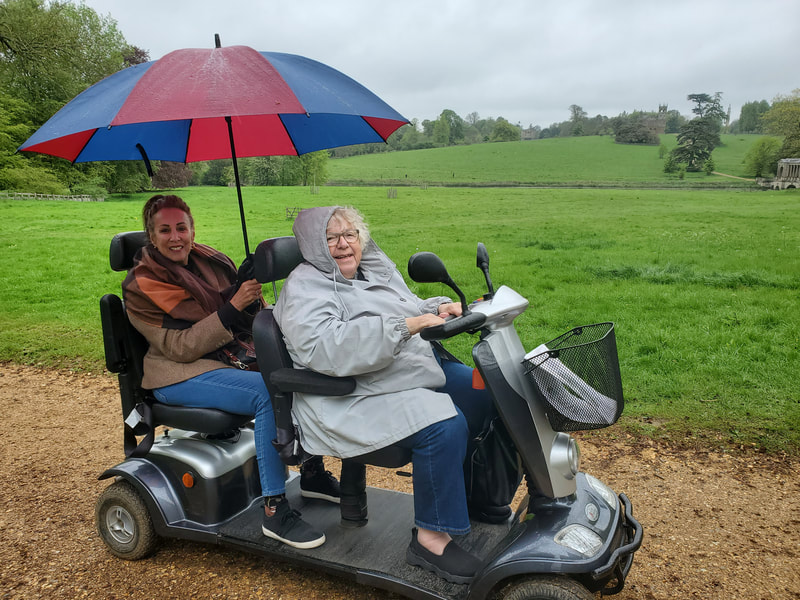
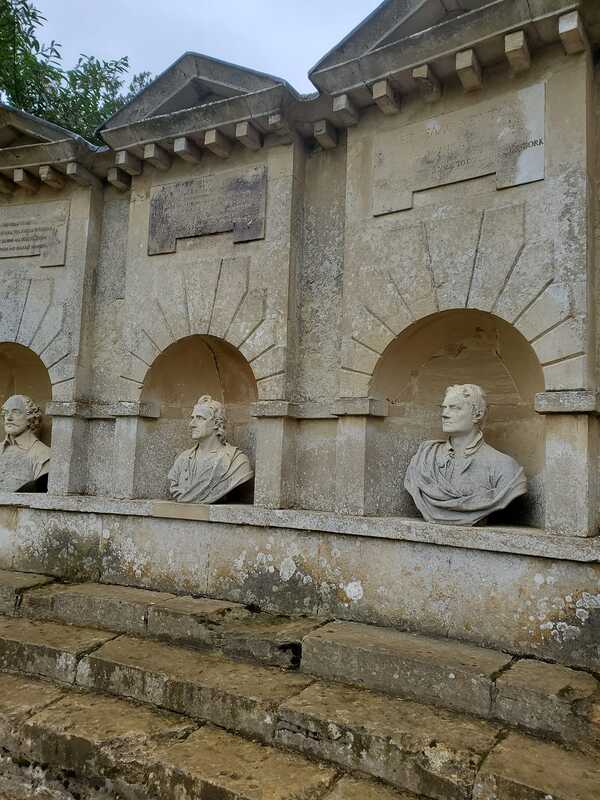



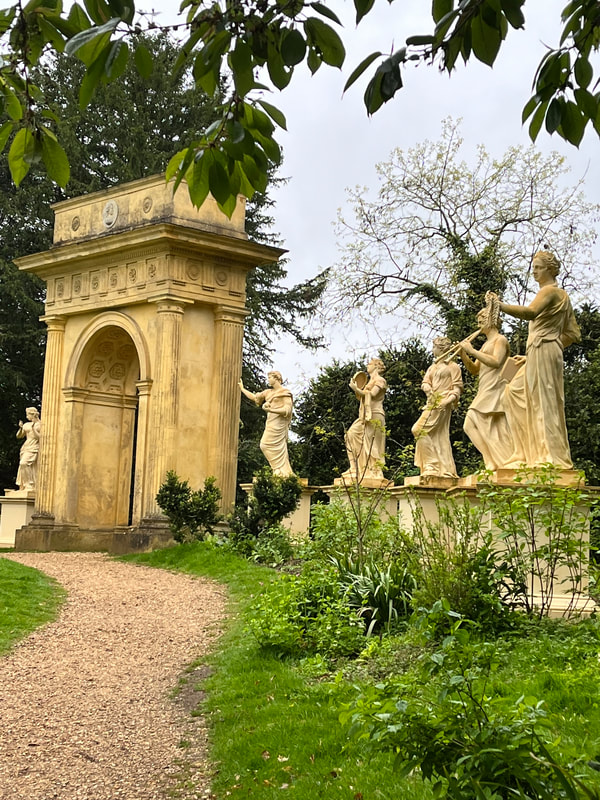

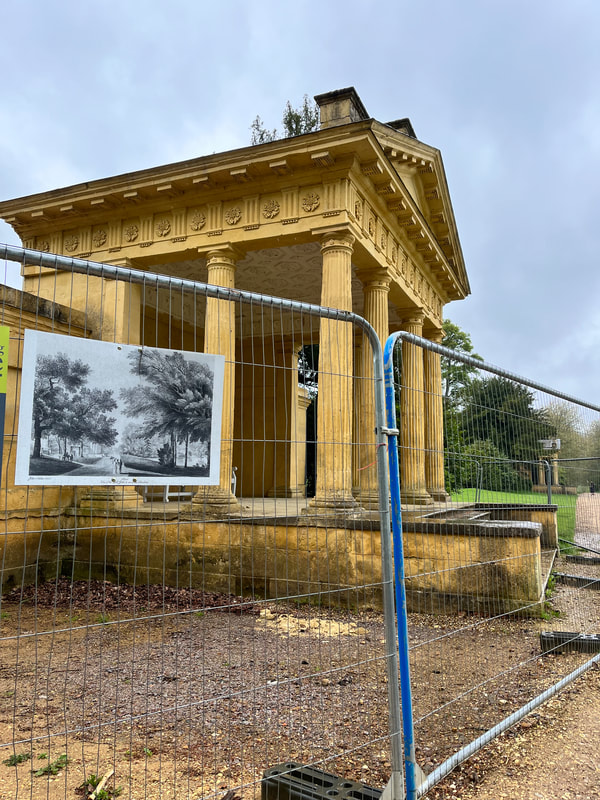


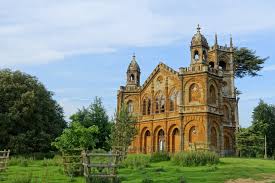
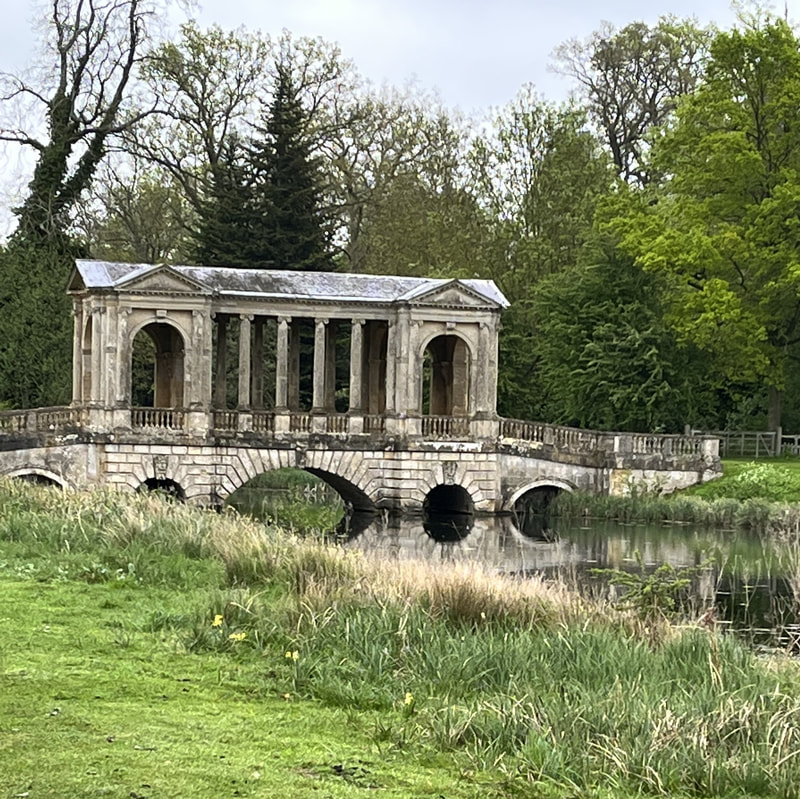





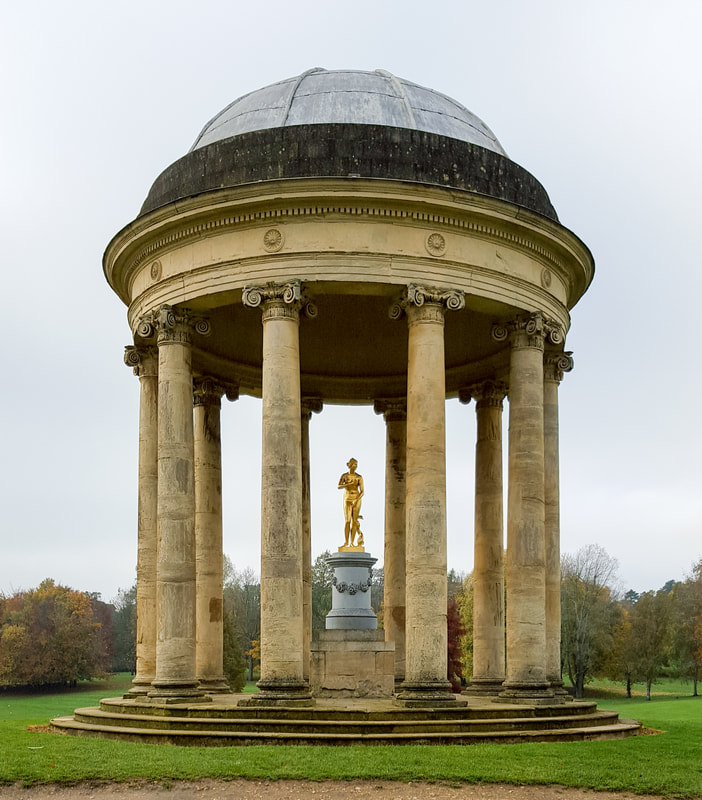

 RSS Feed
RSS Feed